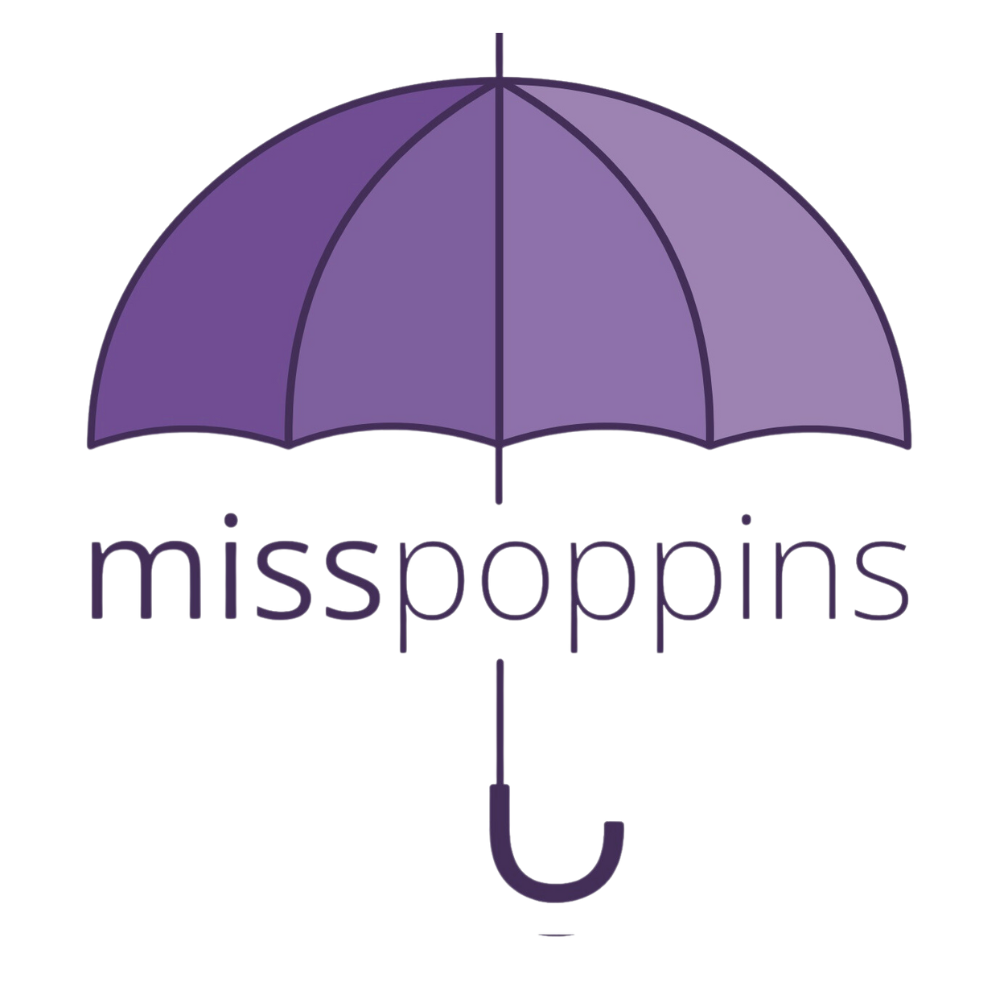When do Children Begin Stuttering? What To Know About Early Speech Disfluency
Babies begin to develop speech after the 24 months or two-year mark. By age 3, speech and language start taking shape in ways that make it easier for parents, caregivers, and pediatric professionals to identify whether a child is hitting communication milestones or showing early signs of a speech impediment, including stuttering.
The CDC offers a milestone tracker for toddlers around 3 years old. The language/communication milestones that your child should have accomplished include the beginning of back and forth communication development, asking the 5 W questions, asks about current observed actions, reception to their first name, and well enough dictation to be understood by most people with their limited vocabulary (CDC, 2024).
Wondering if Your Child Has a Stutter?
After the 3 year mark, any speech impediments can be more obviously observed; many parents through online forums can be seen comparing their child’s speech to peers, siblings, or expected developmental pacing, which makes speech disfluencies stand out more.
Stuttering often appears suddenly and parents should be the first to notice. A child who was speaking normally might begin repeating words, prolonging sounds, or getting “stuck” on certain phrases.
Common Signs of Stuttering in Children
Here are clinically recognized signs of stuttering according to the Stuttering Foundation and the American Speech-Language-Hearing Association (ASHA):
Repetition of sounds, syllables, or whole words
Prolonging certain sounds (“ssssssnake”)
Blocks or pauses where no sound comes out
Visible struggle behaviors such as lip tension, jaw tightening, or blinking during speech
Rising frustration or avoidance when trying to talk
Difficulty starting words or sentences (Stuttering Foundation, 2024; ASHA, 2023)
The Stuttering Foundation notes that normal childhood disfluency is common between ages 2½ and 5, but certain disfluency patterns may signal a more persistent stutter.
Understanding the “Disfluent Child”
The Stuttering Foundation explains that disfluencies often show up when a child is learning complex new language skills. However, there are key differences between typical disfluency and true stuttering. Disfluency is identified through common interruptions in speech.
Typical disfluency in children may sound like:
“I want… I want… I want juice.”
Occasional fillers (“um, uh”)
True stuttering patterns may look like:
Repeating part of a word (“ba-ba-ba-ball”)
Getting stuck on a sound
Facial tension or struggle
Rising anxiety when speaking (Stuttering Foundation, 2024)
Parents consistently report that they were able to catch these signs early. Online parenting forums echo the same sentiment: once you notice the repetitions and struggle behaviors, it becomes clear very quickly that something is different about your child’s speech.
Why Is My Child Stuttering All of a Sudden?
If you’re asking this question, you’re not alone. Sudden speech changes can feel alarming, but they’re often tied to developmental leaps, emotional stress, or increased language complexity.
However, if the stuttering persists or becomes more noticeable, the most supportive step you can take is to consult a certified speech-language pathologist (SLP).
Speech pathology as a profession focuses on diagnosing communication disorders, treating speech impediments, and helping children develop the communication tools they need to feel confident and understood. An SLP can evaluate your child’s fluency, rule out other speech concerns, and create an individualized treatment plan.
Risk Factors for Stuttering
Certain children are statistically more likely to develop a persistent stutter. These established risk factors include:
Family history of stuttering
Stuttering lasting longer than 6 months
Onset after age 3½
Co-occurring speech or language delays
Being male (boys are more likely to develop persistent stuttering)
A child’s own temperament or sensitivity to frustration (Stuttering Foundation, 2024)
Risk factors don’t guarantee a long-term problem, but they help guide parents on when to seek professional evaluation sooner rather than later.
Do Children Outgrow Stuttering?
With early speech therapy intervention, many children show positive improvements.
Research shows that around 75% of children naturally outgrow early stuttering, typically within 12 to 24 months of onset (ASHA, 2023). However, children with multiple risk factors are more likely to continue stuttering without intervention.
You should consider seeking an evaluation if:
The stuttering lasts longer than 6 months
Your child is showing frustration or avoidance
The stuttering gets worse over time
Your child has additional speech delays
There is a family history of stuttering
Early intervention doesn't force a child to “speak correctly.” It gives them strategies to build confidence and technical communication skills.
How to Know if Your Child Is Making Progress in their Disfluency
Progress can look like:
Fewer physical struggle behaviors
Smoother speech with less tension
Reduced repetition of sounds or words
More willingness to talk in different environments
Increased confidence during social interactions
An SLP will typically track these indicators over time and guide you through at-home practices to support your child’s fluency.
If you are questioning why your child is stuttering all of a sudden, it’s best to look into a certified professional speech pathologist. Speech pathology as a profession focuses on assessing, diagnosing, and treating communication disorders. This can include everything from early childhood stuttering to more complex expressive language delays. A speech pathologist will look at your child’s fluency patterns, their overall speech development, how they’re forming sounds, and whether the stuttering is tied to typical developmental leaps or something that needs more targeted intervention.
They also take into account environmental factors, emotional triggers, family history, and the exact moment stuttering began. All of this matters. Stuttering isn’t random; it’s tied to real developmental changes, and a licensed SLP is trained to tell the difference between a temporary speech bump and a fluency disorder that needs early support.


